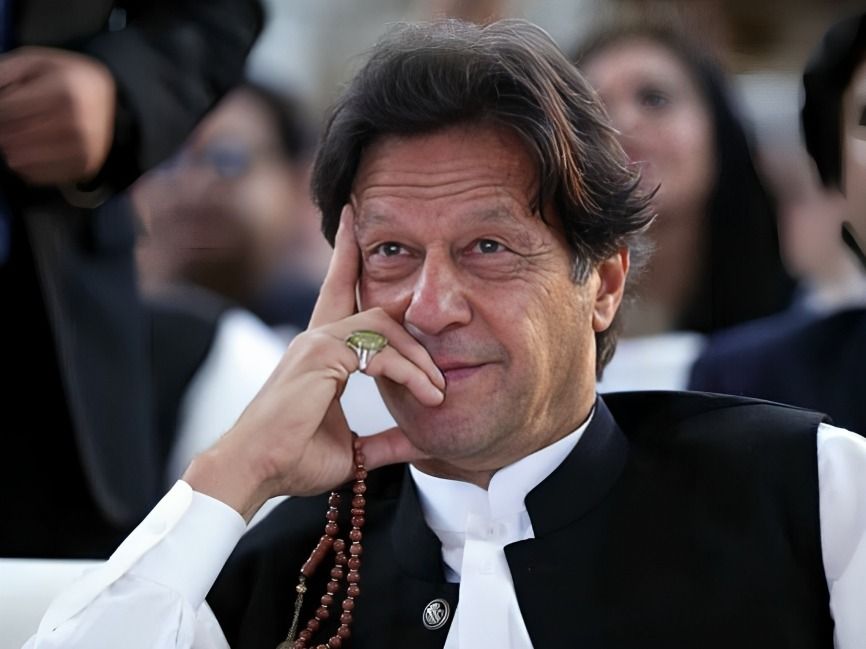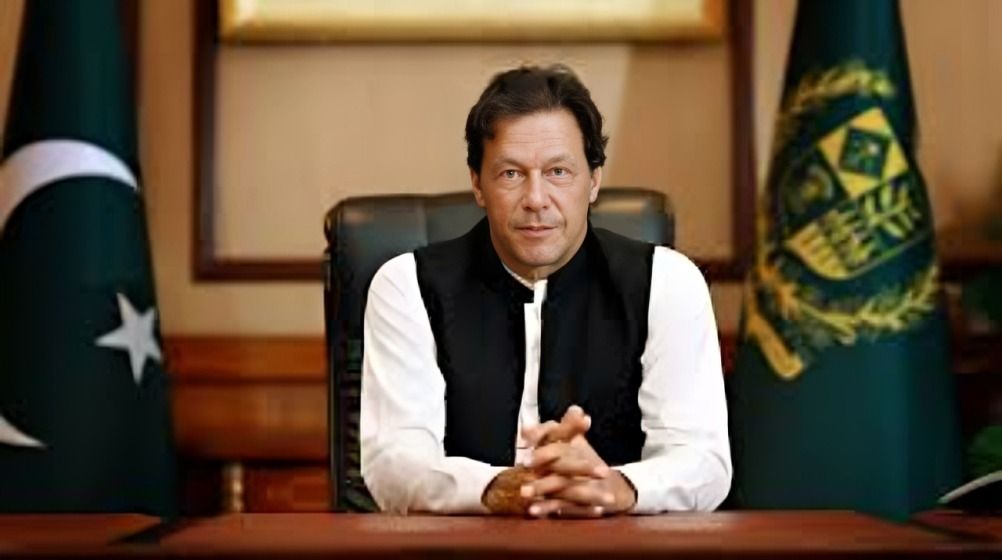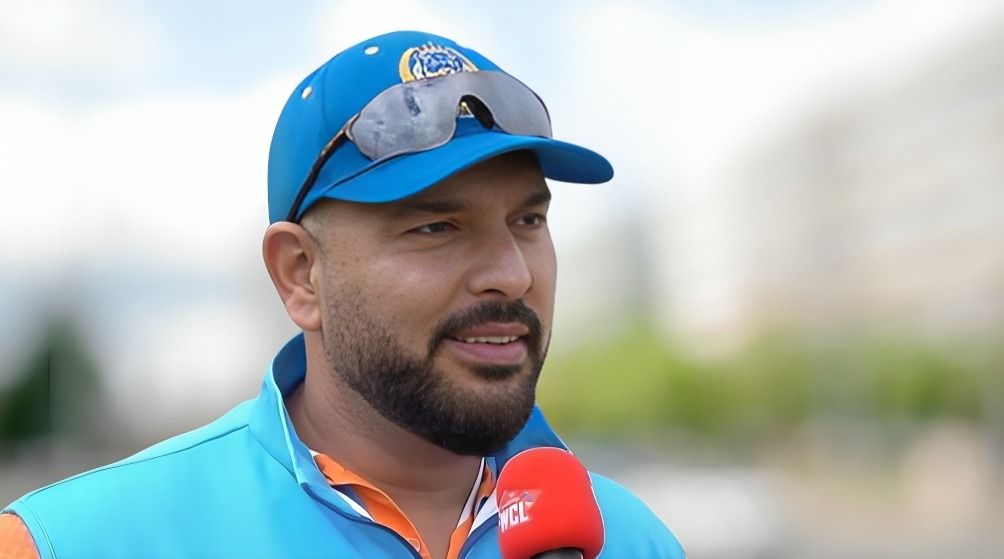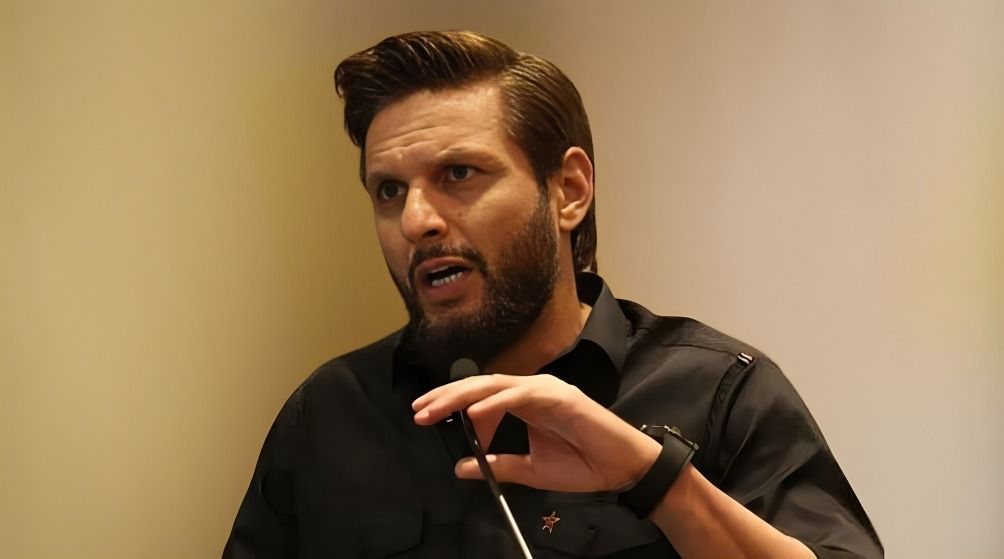
“
Imran Khan’s journey from cricket star to Pakistan's Prime Minister is extraordinary. Leading Pakistan to its first Cricket World Cup victory in 1992, he shifted gears to enter the complex world of politics, founding his party and battling his way through the political landscape to eventually become the nation’s leader. This article explores 20 fascinating facts about Imran Khan's Inspiring Political Journey.1
1
”
Imran Ahmed Khan Niazi was born in Lahore on October 5, 1952, to a Pashtun family from Mianwali. He was the only son of Ikramullah Khan Niazi and Shaukat Khanum, with four sisters. 1
Imran Khan was educated at Aitchison College in Lahore and the Royal Grammar School in Worcester. He then attended Keble College, Oxford, graduating in 1975 with a Philosophy, Politics, and Economics degree. 2
Imran Khan began playing cricket at 13 and made his first-class debut at 16 in Lahore. From the 1970-71 season, he played for several local teams, including Lahore A, B, Greens and Lahore. 3
Renowned as one of the greatest all-rounders in cricket history, Imran Khan took over 380 wickets and scored more than 3,800 runs in Test matches. 4

Imran Khan led Pakistan to its first and only Cricket World Cup victory in 1992, transforming the national team and inspiring a generation of cricketers.
Imran Khan transitioned from a world-renowned cricketer to a political figure in the 1990s. He founded the Pakistan Tehreek-e-Insaf (PTI) party in 1996, aiming to reform Pakistan's political landscape. 5
His political ideology was shaped by a desire to combat corruption and improve governance. Extensive global travel during his cricket career allowed him to observe governance models worldwide. 6
PTI initially struggled to gain traction in Pakistan's political arena, securing just one seat in the 2002 general elections, which Imran Khan himself won. Despite this modest start, his vision for change remained steadfast. 7
Imran Khan’s persistence eventually paid off as his popularity grew steadily. His focus on justice and anti-corruption resonated with the middle class and youth. 8

Campaigning on promises of justice and social reform, Khan presented a vision for a "New Pakistan." His agenda was rooted in creating a more equitable society. He emphasized the need for a welfare state.
In 2014, Khan organized a sit-in protest, or "dharna," against alleged election rigging in Islamabad. The movement lasted for 126 days, drawing attention to electoral reforms. 9
Khan's connection with the youth became a driving force behind PTI’s rise. His charismatic speeches and calls for justice inspired young voters. This demographic played a pivotal role in expanding PTI’s support base across Pakistan. 10
Education reforms were central to Khan’s vision, shaped by his philanthropic work. He founded institutions like Namal College and Shaukat Khanum Hospital, exemplifying his commitment to education and healthcare. 11
Khan consistently promised to eradicate corruption and nepotism from the government. He envisioned a system of meritocracy and transparency where government officials would be held accountable. 12
Leveraging his cricketing fame, Khan engaged in "cricket diplomacy" to strengthen Pakistan’s international relations. His global appeal as a sports icon helped open diplomatic doors. 13

After 22 years of political struggle, PTI finally won the 2018 general elections. Imran Khan’s long-standing dream of leading Pakistan as Prime Minister became a reality.
Khan faced significant economic challenges upon taking office, including a looming financial crisis. He had to make tough decisions, such as negotiating an IMF bailout. 14
One of Khan’s major initiatives was the Ehsaas Program, a welfare scheme aimed at poverty alleviation. The program provided low-income families with financial aid, food security, and healthcare. 15
Imran Khan's government faced challenges that ended in April 2022 when he was ousted from power through a no-confidence vote in the National Assembly. 16
Imran Khan’s political journey, marked by persistence and resilience, serves as an inspiration to many. His rise from cricket legend to Prime Minister reflects his determination to create meaningful change. 17


